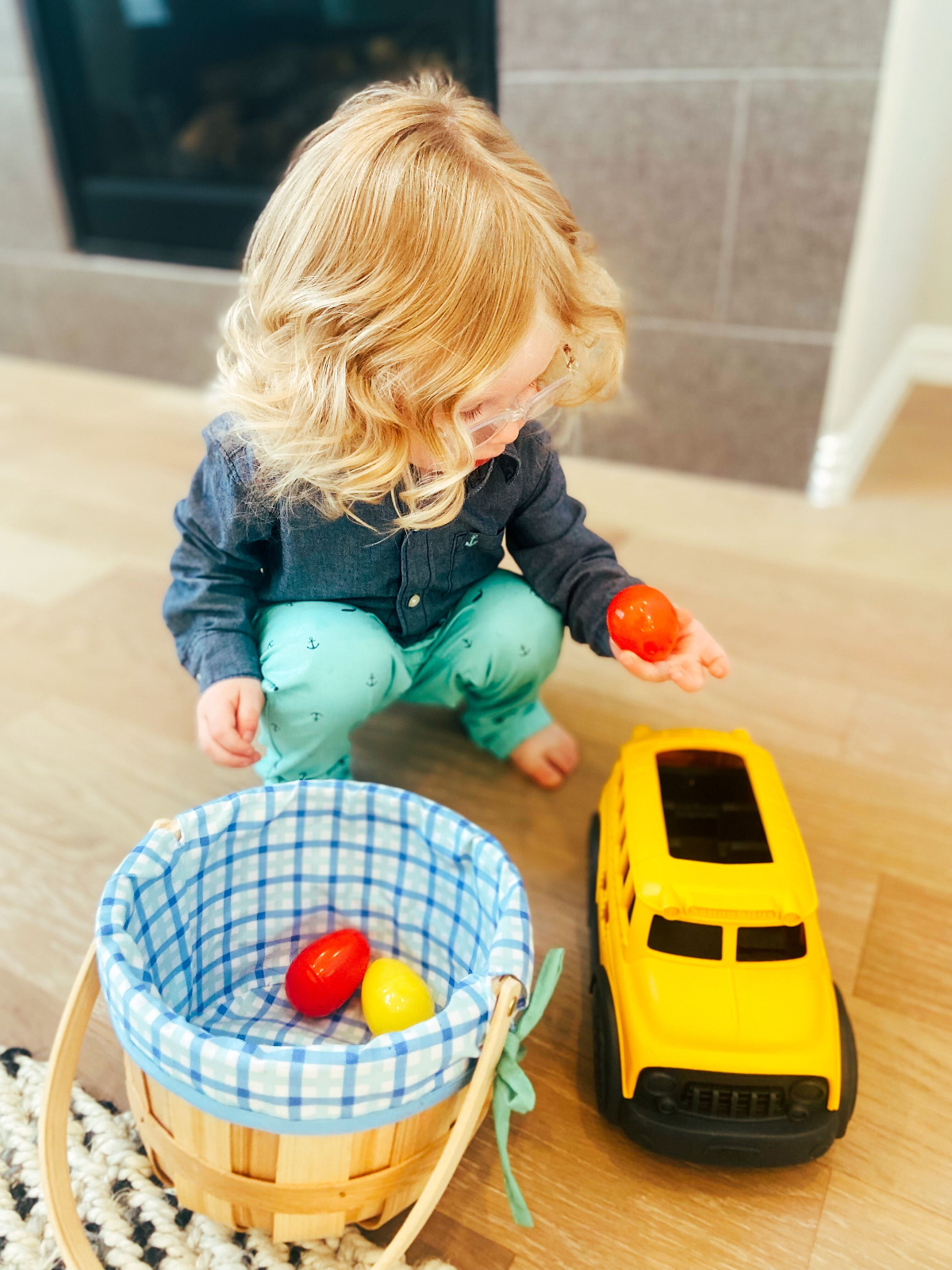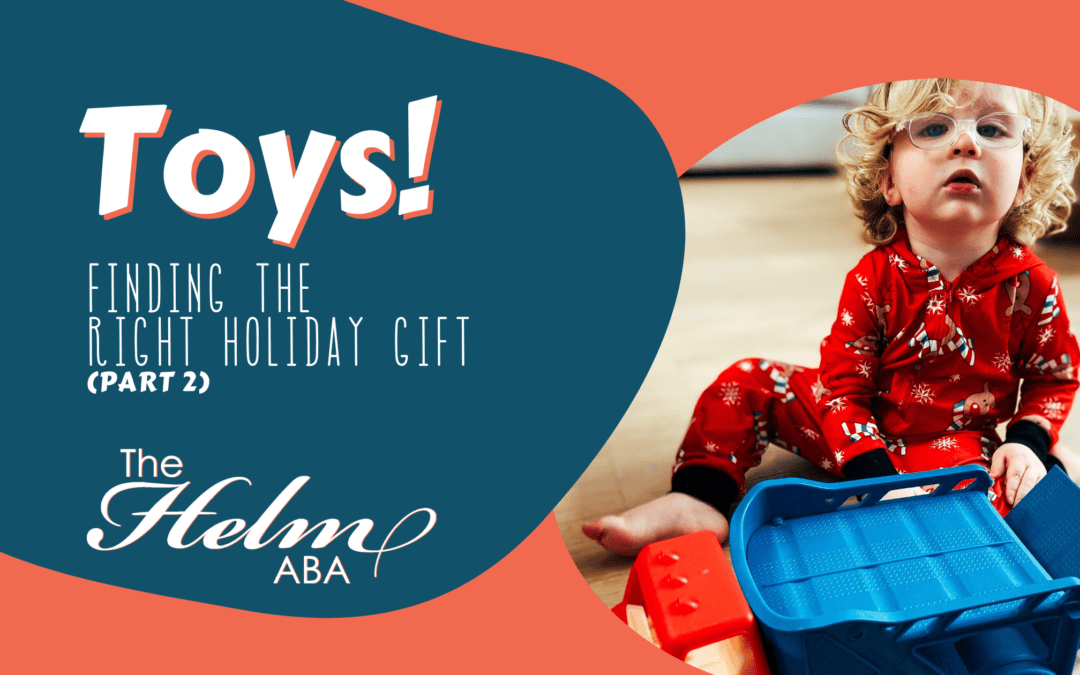In our last blog, we talked to Keri Wilmot, the Toy Queen, Occupational Therapist and author of Wired Differently: A Teacher’s Guide to Understanding Sensory-Processing Challenges about the best way to figure out what toys will be a hit for your child this holiday season. We followed up with Keri to discuss the best sensory friendly toys as well as how to adapt toys to make them more sensory friendly.
What makes a toy sensory friendly?
When it comes to toys, the three senses we are mostly concerned with are sight, hearing, and touch. While there are some toys in which taste and smell could be a factor, they are usually less common. Flashing, bright lights, loud noises, and unpreferred textures tend to be the biggest culprits when it comes to sensory dissatisfaction with a toy.
As we said last week, a lot of this is personal to each individual child. What may be comforting and wonderful to one, could be frustrating to another. It is so important to observe your child, play with them, and watch them play in order to see what they gravitate towards. As a general rule, however, there are some factors that make a toy friendlier to the senses. Look for toys with:
- On/off switches – being able to control when and how a light flashes or a sound is made can make a world of difference
- Volume control – a little bit of noise can be great, a lot can be overwhelming
- Tangible/Malleable elements – squeezing and manipulating are usually a hit
- Satisfying textures – whether soft, squishy, or smooth, a pleasing texture goes a long way
Nothing’s Perfect
Maybe you found a great toy, but it’s too loud or doesn’t turn off. Don’t toss it to the side just because it’s not perfect. There are plenty of ways to get creative to help a toy that wasn’t made with sensory issues in mind.
Our first tip is to tape over the speaker. This is a lifesaver! Toys are loud. Some are WAY too loud. We suggest using packing tape because it doesn’t change the look of the toy, it is hard to peel off, and does a pretty good job of muting the toy. You can always double or triple up to continue dampening the noise.
If the toy is still overwhelming, remove the batteries. It may seem obvious, but it’s an easy idea to miss. If your child loves the toy but hates the noise or lights, toss the batteries.
Also, keep in mind that there are tons of great toys out there that are not electronic at all. Wooden, malleable, and gross motor toys are great options when trying to avoid the headache of noise and lights.
Sensory Friendly and Ready To Go
While hacking your toys is an option, it certainly isn’t ideal. We would all love to have a toy that is wonderful right out of the box. That’s why we asked Keri to give us a list of awesome toys that she highly recommends.
Best Malleable and Tactile Toys
Best Brands
Keri’s Overall Favorites
Keri explains that these magnet-based toys are wonderful because they are so versatile. They don’t have an age range which means that kids can find fun activities to do with them at all ages. While building is their primary use, you can also create a variety of other games with them like matching or imitation.
They also have a major sensory element which is their magnetic pull. The feeling of pulling them apart as they try to stay together (or vice versa) is appealing to a wide range of kids. That combined with their many uses makes Magna Tiles and Magformers a great option.
There is still so much more to cover! Check back next week for our final blog in this series with great information on how to get the most out of playtime. As always, if you have any questions please feel free to reach out to us!

